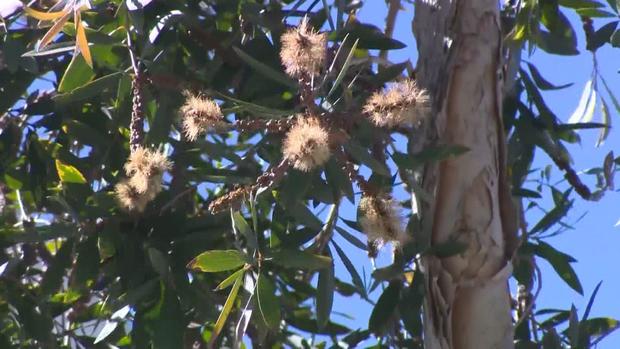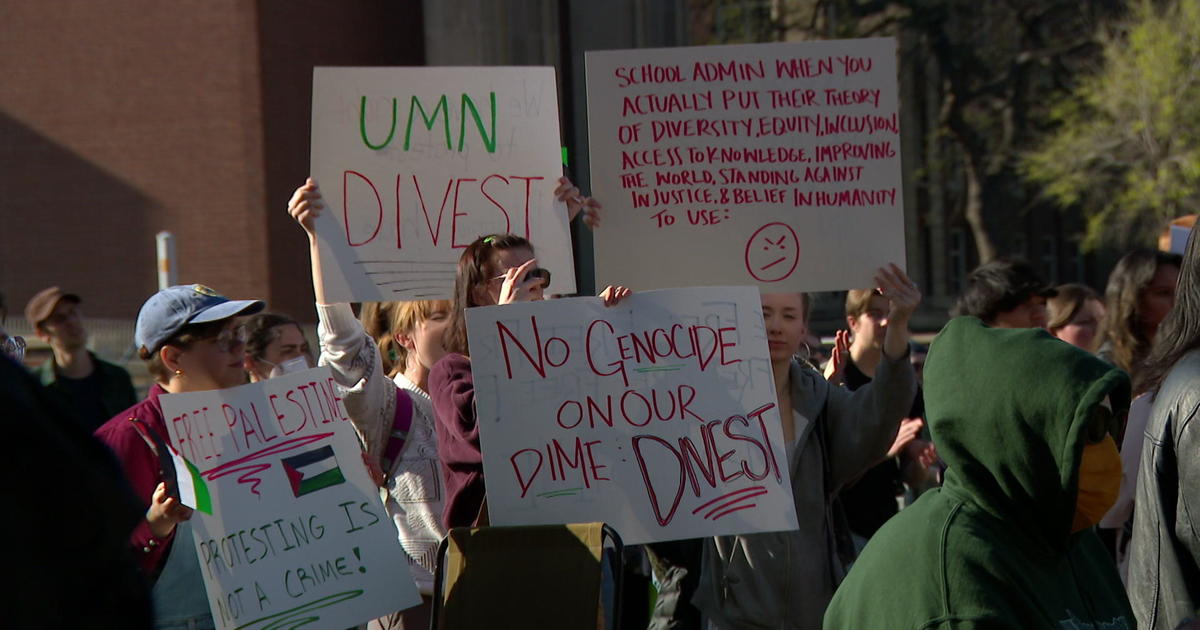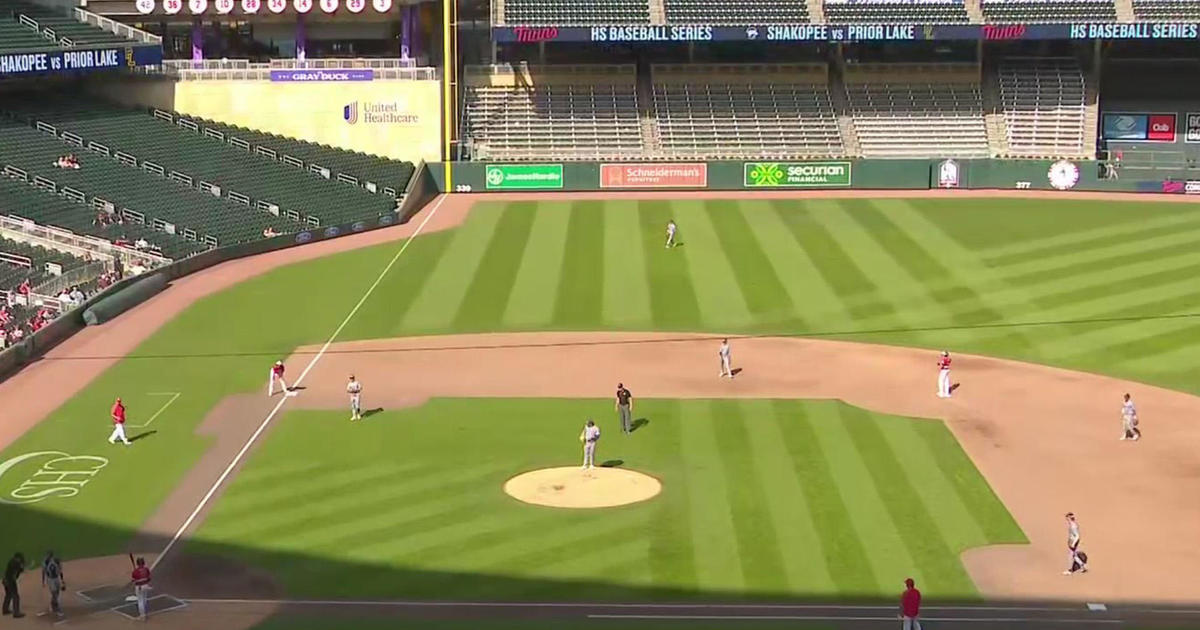Fall allergy season upon us in Minnesota – and it's longer
MINNEAPOLIS – Have your eyes been itchy? Have you been sneezing? You may be suffering from late summer and early fall allergies due to high pollen levels in the Twin Cities.
Dr. Pramod Kelkar, an allergist at Allina Health, said Ragweed pollen is usually the worst offender in Minnesota because it's so common in the Midwest and it can travel in the air for upwards of 200 miles. Those who are susceptible can feel the irritation from August through mid-October.
"Right now is the biggest time for fall allergies,"Kelkar said. "It feels like the spring is the stronger allergy season, but in fact spring allergies and summer allergies and fall allergies can be equally bad. It just depends on what things you're allergic to."
Kelkar said he sees more patients battling allergies each year, and climate change is a factor. Recent research at the University of Utah, supported by the U.S. Department of Agriculture, found that pollen increased by around 21 percent from 1990 to 2018, and the greatest increases were recorded in Texas and the Midwest.
The allergy season is longer, too. From 1995 to 2015, Ragweed pollen season extended by 18 days in Minneapolis, according to a U.S. Environmental Protection Agency study.
"The pollen levels are high. Also, the allergy season is extended by about a month on either end," Kelkar said. "With everything in the environment changing, our gut microbiomes are also changing. So I think that is also contributing to more and more allergies now."
About 15 percent of Americans have symptoms from an allergy to ragweed pollen, according to the Asthma and Allergy Foundation of America.
On top of pesky pollen, Minnesotans can also feel the impact of poor air quality because of smoke that drifts from wildfires that plague the American West – California and Idaho are currently battling flames. Climate change is also fueling those extreme events that are torching terrain.
Last summer, most of Minnesota was under an air quality alert due to Canadian wildfires. WCCO NEXT Weather Meteorologist Lisa Meadows said the fires can produce so much smoke that it's lifted into the atmosphere, and the jet stream will carry the smoke across the U.S.
The Minnesota Pollution Control Agency is watching smoke from the fires in Idaho that could blow into Minnesota by the end of the week.
No air quality alerts have been issued yet, but that could change.
"Where are the winds coming from? That's the main thing that we watch as meteorologists as to what we'll be seeing here in Minnesota," Meadows said.
If you're sensitive to air quality, the MPCA urges you to monitor the forecast in the later part of the week.





